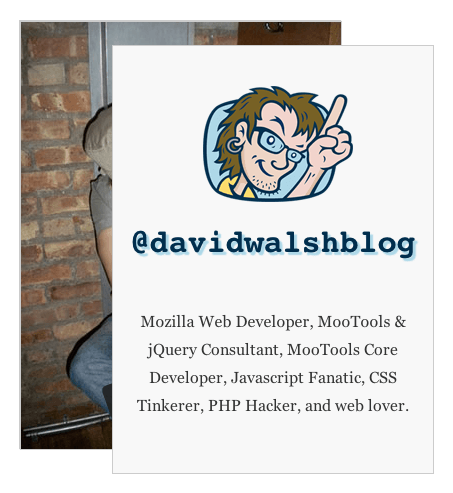Generate a CSS Grid with Stylus
I've jumped into Stylus over the past few moths and I love it. I wouldn't say it's better or worse than SASS, it's just something a bit different. One task I've recently completed is building the standard Mozilla grid and column structure with a Stylus mixin. Here's how I did it!
The CSS
The first step is setting up vars to represent the column start, stop, and increment sizes:
/* grid and site dimensions */ grid-increment-desktop = 80px grid-increment-tablet = 60px grid-increment-mobile = grid-increment-tablet grid-start-desktop = 60px grid-start-tablet = 40px grid-start-mobile = grid-start-tablet grid-end-desktop = 940px grid-end-tablet = 700px grid-end-mobile = 280px grid-end-mobile-wide = 400px site-width-desktop = 1000px site-width-tablet = 760px site-width-mobile = 320px site-width-wide = 480px /* media query dimensions */ /* obviously the default view doesn't require a media query */ media-query-tablet = 'only screen and (min-width: 760px) and (max-width: 1000px)' media-query-mobile = 'only screen and (max-width: 760px)' media-query-mobile-wide = 'only screen and (min-width: 480px) and (max-width: 760px)'
The grid widths will be need to be modified based on media query (device width) so we'll generate a general grid and then a media query-specific grid:
generate-grid(increment, start, end)
total = start
for n, x in 0..((end - start) / increment)
.column-{x+1}
width total
total = total + increment
/* and now to generate the grids... */
/* Desktop Layout (default) */
generate-grid(grid-increment-desktop, grid-start-desktop, grid-end-desktop)
/* Tablet Layout - 760px */
@media media-query-tablet
generate-grid(grid-increment-tablet, grid-start-tablet, grid-end-tablet)
/* Mobile Layout - 320px */
@media media-query-mobile
generate-grid(grid-increment-mobile, grid-start-mobile, grid-end-mobile)
/* Wide Mobile Layout - 480px */
@media media-query-mobile-wide
generate-grid(grid-increment-mobile, grid-start-mobile, grid-end-mobile-wide)
The result looks like this:
.column-1 {
width: 60px;
}
.column-2 {
width: 140px;
}
.column-3 {
width: 220px;
}
.column-4 {
width: 300px;
}
.column-5 {
width: 380px;
}
.column-6 {
width: 460px;
}
.column-7 {
width: 540px;
}
.column-8 {
width: 620px;
}
.column-9 {
width: 700px;
}
.column-10 {
width: 780px;
}
.column-11 {
width: 860px;
}
.column-12 {
width: 940px;
}
@media only screen and (min-width: 760px) and (max-width: 1000px) {
.column-1 {
width: 40px;
}
.column-2 {
width: 100px;
}
/* ... */
}
@media only screen and (max-width: 760px) {
/* ... */
}
@media only screen and (min-width: 480px) and (max-width: 760px) {
/* ... */
}
I love how easy it is to create these grids using CSS preprocessors and I hope CSS eventually makes it to the dynamic level. SASS and Stylus proves that the system works and I pray we get a standard soon!





But PX and not %?
That did surprise me too, Dan. I’m going to push around Mozilla to see why pixel-based design is the standard. The nice thing, however, is that we can modify this mixin/function for percentages
pixel based design is a standard because of advertisements. Trying to always have a 300×250 ad in a sidebar doesn’t work too well with percentage based grids.
nice article, thanks! :D
take a look tuktuk.tapquo.com is a framework using stylus
the ‘nib’ module of stylus is great :D
I still would go with SASS. Nice mixin though. tuktuk looks interesting …
thanks you :), great article
codepen unfortunately does not support stylus, an alternative would be cssdeck
Good to see a fellow Stylus user! Here is a responsive grid system I wrote in Stylus using a loop over a 12 column grid: https://github.com/stinoga/columnus
my man Rob I thought about when I saw the article title… I’m digging columnus. Cheers :)
Thanks Ady! I’d love any feedback you’ve got on it.
Great to see, very similar to a grid system I use without pre processors.